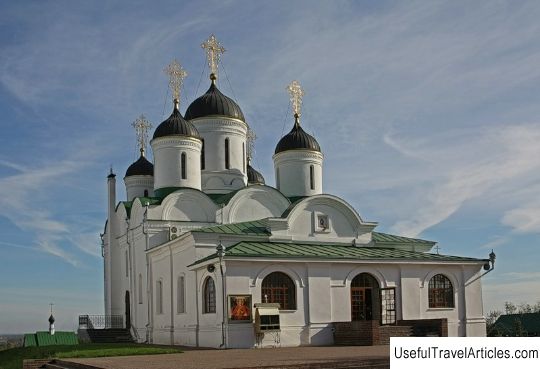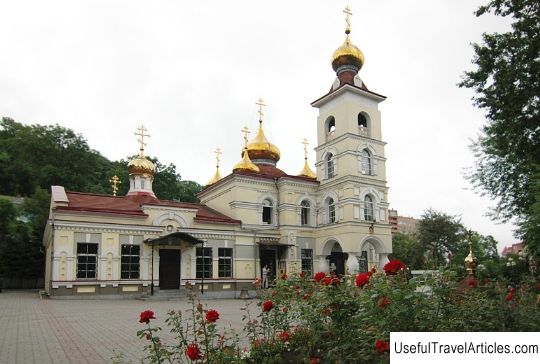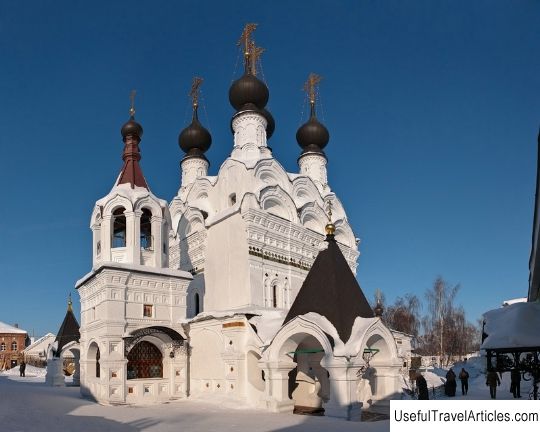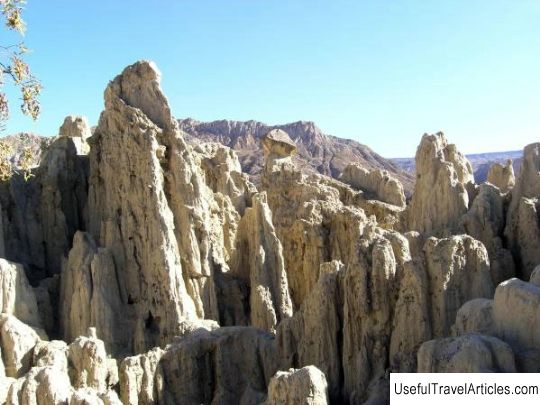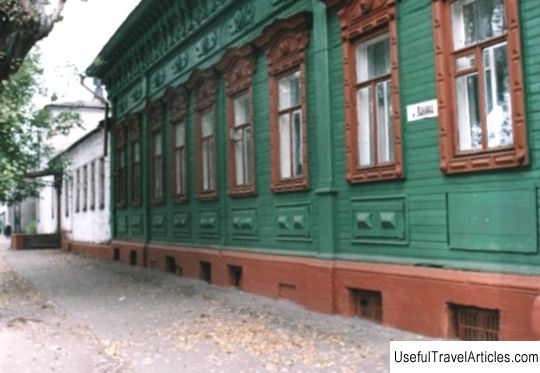Nikolo-Embankment Church description and photos - Russia - Golden Ring: Murom
Rating: 7,5/10 (100 votes) 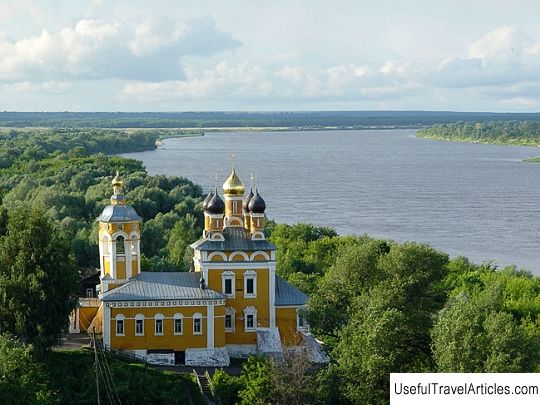
Nikolo-Naberezhnaya church description and photos - Russia - Golden Ring: Murom. Detailed information about the attraction. Description, photos and a map showing the nearest significant objects. Photo and descriptionIn the historically significant area of the city of Murom, there is the temple of St. Nicholas Naberezhny, beautifully towering on the gentle bank of the Oka. The golden domes of this church, as well as the prominent bright yellow facade are visible from the Oka City Garden and from the side of the river. According to a long-established old tradition, the Nikolsky Cathedral was specially built next to water due to the fact that Saint Nicholas the Wonderworker had a strong power over the water element, because he knew how to stop high waves and storms with prayers. Among the people, Saint Nicholas is revered as the savior of drowning people, as well as the patron saint of travelers and sailors. The second name of the Nicholas Embankment Church is the Church of Nicholas on the Waters or Nicholas Mokroi. During the spring flood, a lot of water rises to the church walls, therefore at this time the inhabitants of Murom say: "St. Nicholas's feet are wet." The construction of the very first, still wooden church, consecrated in the name of St. Nicholas the Wonderworker, belongs to the period of the reign of Ivan the Terrible, who visited the city of Murom on the eve of the campaign against the city of Kazan. Around the middle of the 16th century, on the opposite side of the Church of St. Nicholas, a sovereign court was built, within which there were princely mansions, tumblers and turtle doves. The buildings used as "the sovereign's buildings", as well as the Nikolo-Naberezhny temple, enjoyed great success and great favors. For example, Tsar Mikhail Fedorovich granted to the church bee-keeping and fishing grounds, which were especially rich in beeswax and honey. As of today, there are no written sources telling about Whether the wooden church burned down or simply fell into disrepair over time - this question will most likely remain a mystery forever. During the 1710s, Dmitry Khristoforov, a priest from Moscow, initiated the construction of a new stone church in honor of the blessed memory of his father, who once served in the Nikolo-Naberezhny Church. In early 1707, a blessed letter was received authorizing the construction of a new temple. Soon in 1714, a gold carved iconostasis was installed in the newly built church, in which the faces and icons of the Sibyls, made by the talented icon painter from Murom A.I. Kazantsev. In pre-revolutionary times in the Church of St. Nicholas the Wonderworker there was kept an ancient icon "Nicholas the Wonderworker", dating back to the 14th century. Today, this icon is located in the city's historical museum. As for the architectural component of the Nikolo-Naberezhnaya church, it is an example of the “Petrine provincial baroque”. The decorative design is very modest and is distinguished by clear lines, rounded window openings in the uppermost tier of a small belfry - all these features are very reminiscent of the temples of the early era of Peter the Great. The drums of the domes are decorated with arches and are crowned with small, helmet-shaped domes. In all corners of the building, namely under the common capital, there are beams of columns, from which window frames are made on carved consoles. The temple bell tower has a dome rather than a hipped roof. A stone refectory room was added to the main building of the temple in 1803, in which a chapel was founded in honor of the Descent of the Holy Spirit. After a while, in 1847, another chapel was built, consecrated in the name of St. Blasius, who is the patron saint of animals. During the Soviet era, the church of St. Nicholas was closed, but in 1991 it became operational again. Now many pilgrims come here, wishing to pay tribute to the relics of St. Juliana, who became famous for her honest life and helping the poor. During the terrible famine that happened under Boris Godunov, cases of cannibalism were recorded - then Juliana decided to sell her property in order to buy bread for poor starving people. It is believed that the relics of this particular saint should be prayed for when small children are sick. Not far from the Nikolo-Embankment church, there is a small spring. According to legend, people saw Nicholas the Wonderworker at the spring several times, which is why the key is considered a holy source.        We also recommend reading Great Living Chola Temples description and photos - India Topic: Nikolo-Embankment Church description and photos - Russia - Golden Ring: Murom. |
